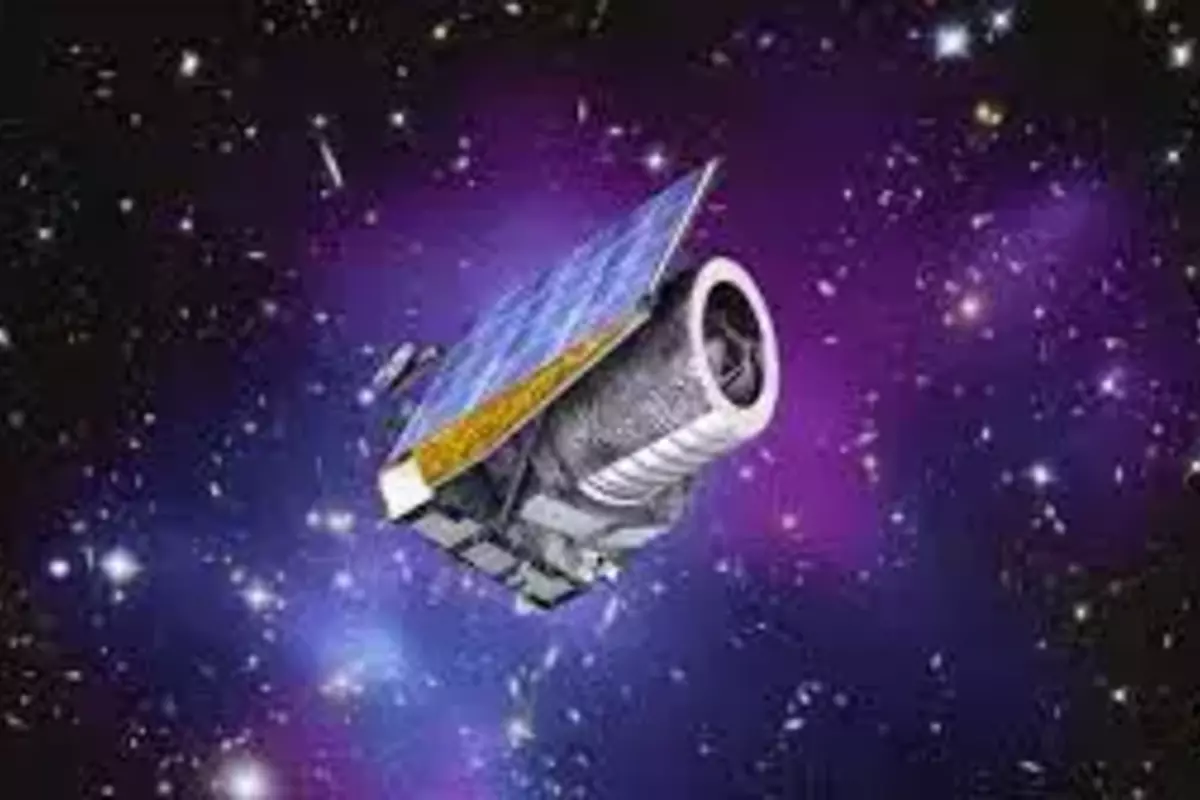
The European Space Agency’s Euclid mission has accomplished a key milestone as it prepares to launch on a SpaceX Falcon 9 rocket. The spacecraft is scheduled to launch in July 2023 aboard a SpaceX Falcon 9 rocket from Cape Canaveral, Florida, USA.
Taking to Twitter, ESA’s Euclid mission tweeted, “The #DarkUniverse🕵️ gets ready for its mission.#ESAEuclid was fuelled ahead of its launch on a @SpaceX Falcon 9 🚀 this summer”.
The #DarkUniverse🕵️ gets ready for its mission.#ESAEuclid was fuelled ahead of its launch on a @SpaceX Falcon 9 🚀 this summer 👉 https://t.co/3BMaNzjGjq pic.twitter.com/4N6ussFbeE
— ESA’s Euclid mission (@ESA_Euclid) June 20, 2023
Euclid was created by the European Space Agency to investigate the composition and evolution of the dark Universe, delving into the mysteries of dark energy and dark matter.
According to the ESA, the Euclid spacecraft requires two types of propellant to achieve its mission objectives: hydrazine and gaseous nitrogen. The chemical propulsion system consists of ten hydrazine thrusters that will propel the spacecraft to its designated Sun-Earth Lagrange point L2 (at an average distance of 1.5 million km beyond Earth’s orbit), perform regular orbital maneuvers to maintain its position, and eventually perform controlled disposal at the end of its mission. A central tank onboard the spaceship holds around 140 kg of hydrazine.
The space telescope will build the most complete and precise 3D map of the Universe ever assembled, covering nearly one-third of the sky and viewing billions of galaxies up to 10 billion light-years away.
The project will yield vital insights into the underlying basis of gravity, dark energy, and dark matter by investigating the expansion of the cosmos and the dispersion of large-scale structures over space and time.
Also read: North Korea Criticizes Blinken’s Visit To China
To read more such news, download Bharat Express news apps


















